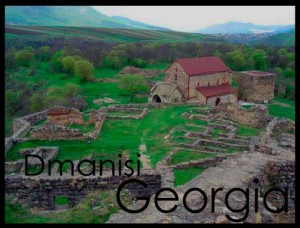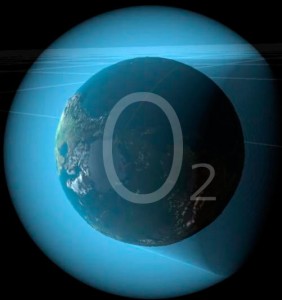by Richard William Nelson | Oct 24, 2013
 For more than two decades, international teams of paleoanthropologists have been discovering human-like fossils from a medieval archaeological site in the former Soviet Republic of Georgia known as Dmanisi.
For more than two decades, international teams of paleoanthropologists have been discovering human-like fossils from a medieval archaeological site in the former Soviet Republic of Georgia known as Dmanisi.
A new human Georgian skull further fuels the dilemma. In 1991, David Lordkipanidze of the Georgian National Museum in Tbilisi discovered the first four human-like fossils.
Increased archaeological interest in this Georgian site began in 1936 following the discovery of ancient and medieval artifacts.
Continue Reading
by Richard William Nelson | Oct 10, 2013
 Scientists have long known that extremely low levels of free oxygen [< 10-5] atmosphere on early Earth are critical for any viable origin of life model of evolution.
Scientists have long known that extremely low levels of free oxygen [< 10-5] atmosphere on early Earth are critical for any viable origin of life model of evolution.
The controversy surrounding the atmospheric concentration of oxygen in the origin of life stems from the laws of organic chemistry.
The autonomous assembly of complex organic molecules has only been observed in an oxygen-free atmosphere.
However, the evidence for an oxygen-free Earth atmosphere has a checkered history.
Continue Reading
 For more than two decades, international teams of paleoanthropologists have been discovering human-like fossils from a medieval archaeological site in the former Soviet Republic of Georgia known as Dmanisi.
For more than two decades, international teams of paleoanthropologists have been discovering human-like fossils from a medieval archaeological site in the former Soviet Republic of Georgia known as Dmanisi.

